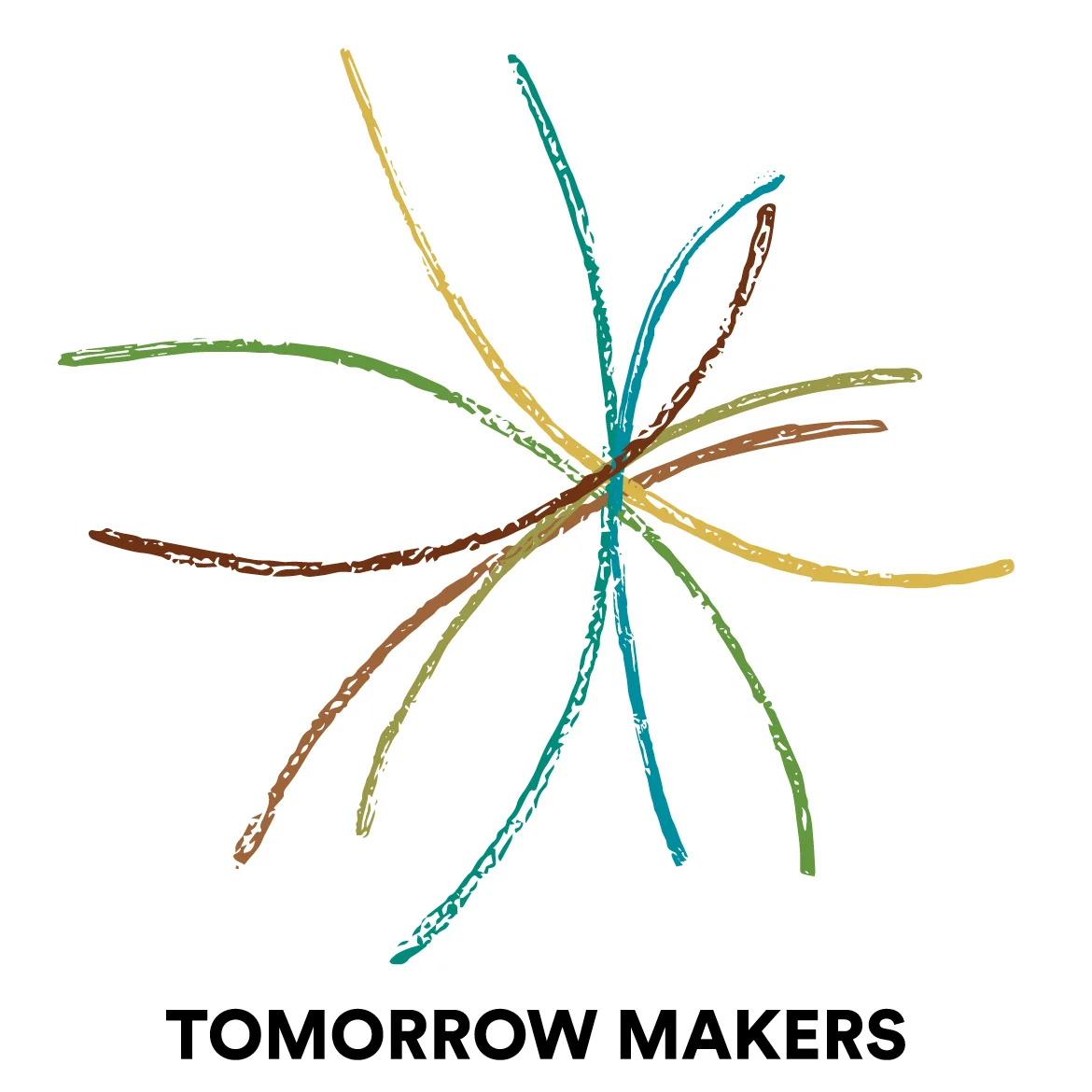Wayfinding our way into the future
/"Adaptation is the act of bending a structure to fit a new hole. Evolution, on the other hand, is a deeper change that reshapes the architecture of the structure itself – often producing more holes for others.
Every worker dabbling in artificial evolution has been struck by the ease with which evolution produces the improbable. Evolution doesn’t care about what makes sense; it cares about what works!" Tom Ray, Out of Control by Kevin Kelly, page 340
Historically, wayfinding refers to the techniques used by travelers over land and sea to find relatively unmarked and often mislabeled routes.
Since we are traveling into an unknown future, a good wayfinding process can help us decide when, how, and where to go. It can help us find unmarked and often mislabeled routes deep into future opportunities, perhaps helping us avoid treacherous paths and dangerous assumptions. Wayfinders help mark the way for others to follow.
As you can read from previous journal entries, we believe we are entering a new paradigm, one still to be shaped and charted. Thomas Kuhn, in his book The Structure of Scientific Revolutions, 1962, argues that scientific advancement is not evolutionary, but rather is a "series of peaceful interludes punctuated by intellectually violent revolutions", and in those revolutions "one conceptual world view is replaced by another".
One important aspect of Kuhn's paradigms is that the paradigms are incommensurable, which means that two paradigms cannot be reconciled with each other because they cannot be subjected to the same measure or common standard of comparison.
So then, as we leave one paradigm behind -the one we have lived all of our lives-how do we come to recognize a new one, and take part in helping to shape it? How do we come to understand the clues and signage for the new paradigm? Where do we find the leaders? Who do we follow and who follows us? What is our combined ability to shape and create a paradigm based on world-wide equity?
New paradigms don't form in a linear way where one ends before a new one begins. The new emerges from within the old. Some people will latch onto, or create, new patterns long before they are seen by the masses. Over time, new patterns begin to replicate and iterate new behaviours and memes throughout the world. The signage becomes clearer.
Out beyond ideas of wrongdoing and rightdoing,
there is a field. I'll meet you there. Rumi
How can a new paradigm form that leaves behind the hierarchical paradigm and matures a healthy panarchial one? We have a chance now... to reach out with visions well beyond what seems possible today. I believe that those who stand firmly within this vision (this emerging new paradigm) will be able to sense the paths and signage appropriate to explore.
The future is both fast and slow... an extraordinary combination that enables a persistent interplay between continuity and disruption. The curtain on the old worn out ways of governing and working won't drop instantly. They will live well into the future. From the new paradigm, however, we can better understand the pacing and be able to calibrate and shape a more equitable, peaceful world. By bringing THERE to HERE, we can better understand the calibration and syncing of the fast and slow. Multiple trys over time are understood within a different context ... one of attracting rather than selling. Perhaps these multiple trys are adding resilience.
In assembling complexity, the bounty of increasing returns is won by
multiple tries over time. As various parts reorganize to a new whole, the
system escapes into a higher order.
— Ilya Prigogine
It would be wonderful to take the shortest paths into the world we want, but it seems that the multiple trys might be more useful, more important to understand in terms of Wayfinding the future and gaining resilience.

